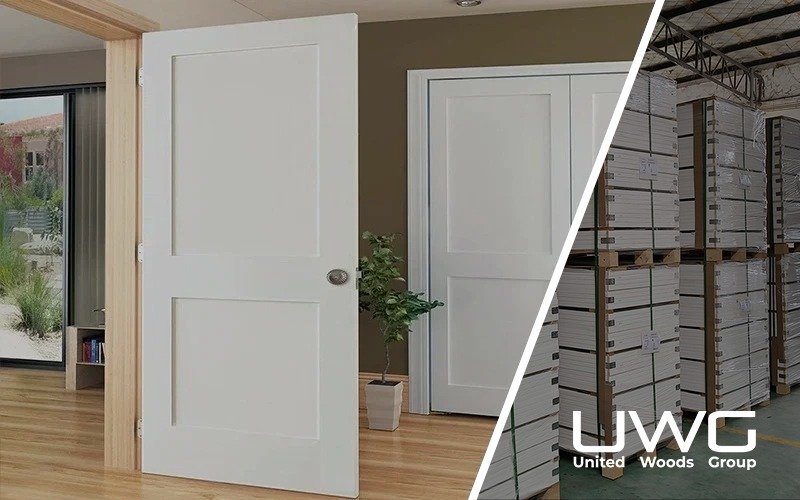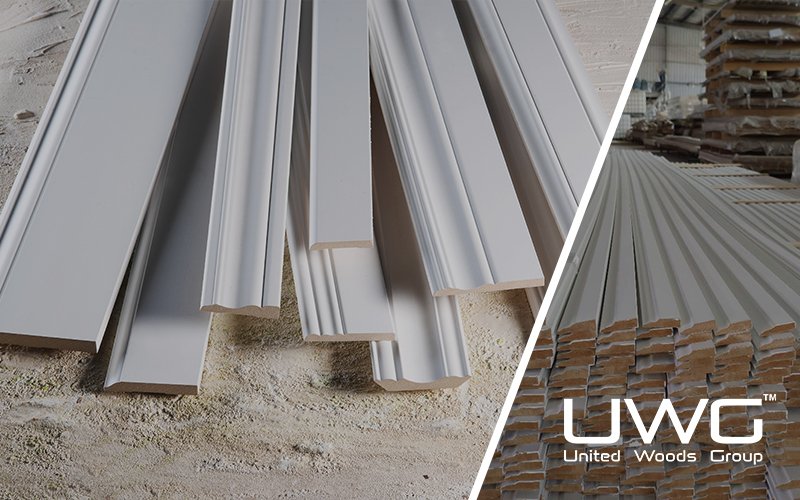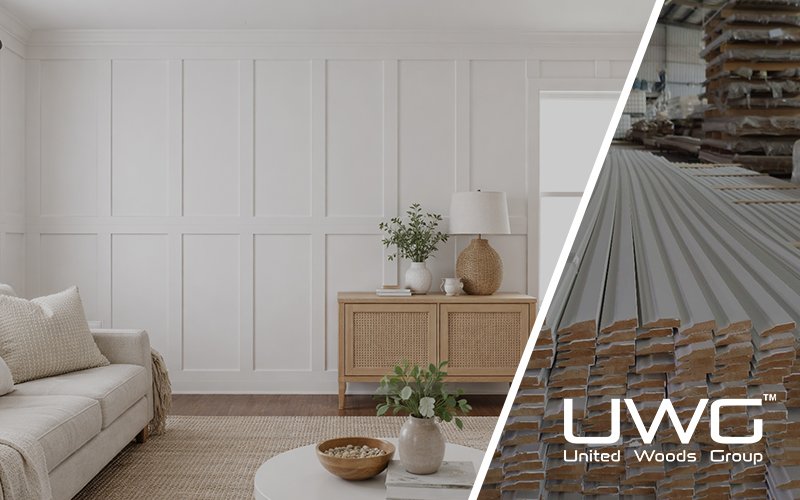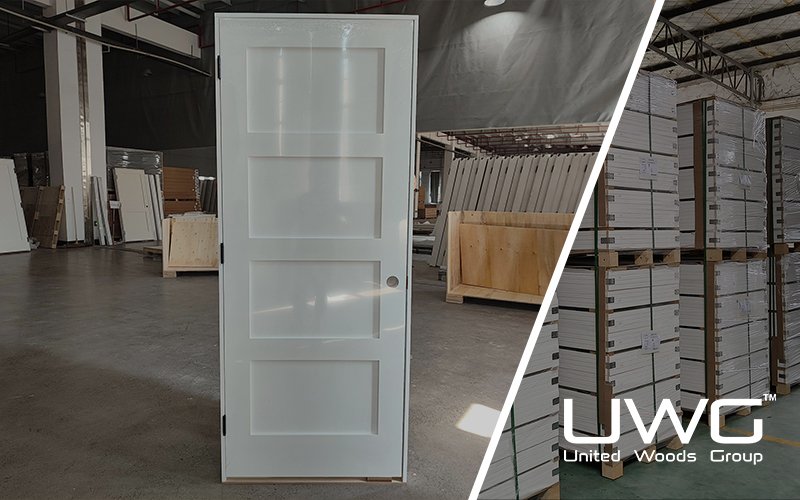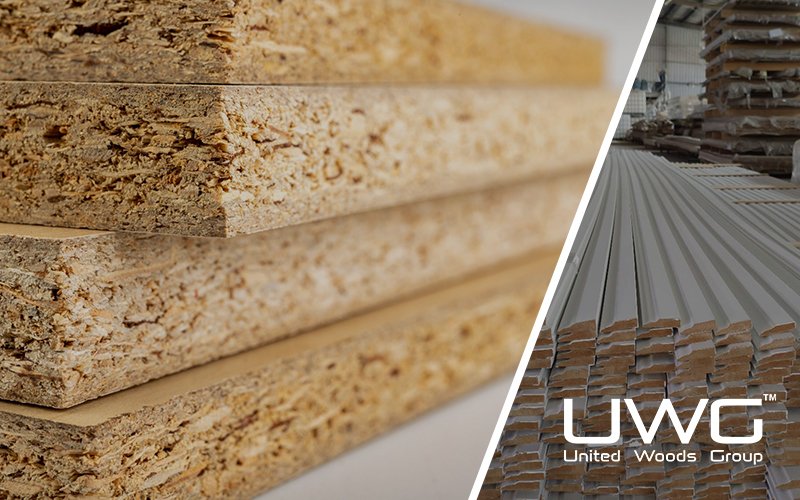Wood has been a cornerstone of construction and design for centuries, offering a timeless aesthetic and enduring strength. However, not all wood materials are created equal. Whether you’re a homeowner planning a renovation or a builder sourcing materials, the decision between wooden laminate, wood veneer, and solid wood can be challenging. In this article, we’ll explore these options in detail to help you make the right decision for your project.
Wooden laminate, wood veneer, and solid wood each have unique characteristics that suit different needs.Wooden laminate offers an affordable and low-maintenance option, wood veneer provides the look of solid wood at a lower cost, and solid wood stands as the premium choice for durability and natural beauty. Understanding the differences between these materials will guide you in selecting the best fit for your project.

Overview of Wood Material Options
Diversity in Wood Products
The wood products market offers a wide range of options, each with distinct characteristics and uses. From engineered products like wooden laminate and wood veneer to natural solid wood, the choice of material can significantly impact the appearance, durability, and cost of your project.
Importance of Choosing the Right Material
Choosing the right wood material is crucial for ensuring the longevity, aesthetic appeal, and functionality of your space. The environment where the material will be used, your budget, and your personal preferences all play a role in this decision.

Wooden Laminate: The Affordable Option
Definition and Manufacturing Process
Wooden laminate is an engineered product made by layering a thin decorative surface over a base material, typically particleboard or medium-density fiberboard (MDF). The decorative layer can mimic the appearance of various wood species, offering a versatile and cost-effective alternative to natural wood.
Advantages:
- Cost-effective
- Easy to maintain
- Available in a variety of appearances
Disadvantages:
- Less durable
- Not suitable for high-moisture environments

Wood Veneer: A Blend of Natural and Artificial
Definition and Manufacturing Process
Wood veneer consists of a thin layer of real wood applied over a base material, such as MDF or plywood. This process allows the veneer to replicate the look of solid wood at a lower cost and weight, making it a popular choice for furniture and cabinetry.
Advantages:
- Mimics the look of solid wood
- Lighter and more stable than solid wood
Disadvantages:
- More expensive than laminate
- Requires more maintenance

Solid Wood: A Symbol of Classic Durability
Definition and Types
Solid wood refers to natural lumber that has been milled and finished into planks or boards. Common types of solid wood used in furniture and construction include oak, maple, cherry, and walnut. Each type has its own unique grain pattern and characteristics.
Advantages:
- Highly durable
- Can be repaired and refinished
- Unique natural grain
Disadvantages:
- Expensive
- Susceptible to environmental changes (e.g., humidity)

Comparing Wooden Laminate, Wood Veneer, and Solid Wood
Side-by-Side Comparison
When comparing wooden laminate, wood veneer, and solid wood, it’s essential to consider factors such as cost, durability, maintenance, and aesthetic appeal. Wooden laminate is the most affordable and low-maintenance option, but it lacks the durability of solid wood. Wood veneer offers a middle ground, providing the look of solid wood at a lower cost, but it requires more care than laminate. Solid wood is the most durable and aesthetically pleasing but comes at a higher price point.
Best Uses for Each Material
Wooden Laminate: Best for budget-conscious projects, high-traffic areas, and spaces where low maintenance is a priority.
- Wooden Laminate: Best for budget-conscious projects, high-traffic areas, and spaces where low maintenance is a priority.
- Wood Veneer: Ideal for furniture and cabinetry where the appearance of solid wood is desired but with a lighter and more stable material.
- Solid Wood: Perfect for high-end furniture, flooring, and structural elements where durability and natural beauty are paramount.

How to Choose the Right Wood Material?
Selecting Based on Budget
Your budget will likely be the most significant factor in determining which wood material to choose. Wooden laminate is the most affordable, followed by wood veneer, with solid wood being the most expensive.
Considering the Environment of Use
The environment where the wood will be used is crucial. For example, in areas with high humidity, solid wood may warp, making wood veneer or laminate a better option. Consider the room’s temperature, moisture levels, and exposure to wear and tear.
Balancing Aesthetics and Functionality
Finally, balance your aesthetic preferences with the practical needs of the space. If you prioritize a natural, high-end look, solid wood is the best choice. If you need something that looks good but is easier to maintain, wood veneer or laminate may be more suitable.

Conclusion: Making an Informed Choice for Your Space
In summary, each wood material—wooden laminate, wood veneer, and solid wood—has its pros and cons. Wooden laminate is affordable and low-maintenance,such our Molded Primer Door ,Shaker Solid Core Door , wood veneer offers the look of solid wood at a lower cost,eg. WPC door ,WPC composite door , Melamine veneer Door or PVC veneer Door , and solid wood provides unmatched durability and beauty. Consider your budget, the environment where the material will be used, and your aesthetic preferences to make the best decision for your project.

